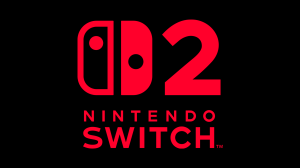When a franchise like Star Trek lasts nearly six decades, continuity is bound to bend under the weight of time. Throughout the years, many Trek creators have done their best to stick to the history, but keeping track of tiny details is difficult, and the challenge of making each new title work on its own, while maintaining perfect adherence to the canon, is nearly impossible. Even the changing cultural climate has led to a few retcons. Although Star Trek has some of the tightest sci-fi world-building, between The Original Series and Strange New Worlds, the franchise has remapped its lore more than once.
Videos by ComicBook.com
These retroactive continuity developments have reshaped what fans thought they knew about Starfleet and the UFP. In fact, arguably the most famous twist in Star Trek history (Spock’s resurrection) was always intended to be permanent. Beyond that, some changes were necessary to fix past mistakes, while others seemingly rewrote history for convenience. What do they have in common? Most of them remain a point of contention within the fanbase. Looking back at the biggest retcons in Star Trek is the perfect way to see just how adaptable and malleable the franchise really is, and how these changes continue to ripple through the canon.
7) Spock’s Mind Meld Inconsistencies

The first Star Trek retcon in focus is the most recent, thanks to Strange New Worlds Season 3. The finale introduced several retcons of Spock and Kirk’s history, and the one that feels the most notable is the one that made Spock a liar (because it wasn’t the first time).
In The Original Series episode “Dagger of the Mind”, Spock reveals that he has never attempted a mind meld on a human. The technique had, of course, been built up both as a sacred Vulcan thing and a supremely dangerous one, but Spock was forced into it to save Dr. Simon van Gelder. But then Strange New Worlds has seen him mind-meld with humans twice: first with La’an in “Memento Mori” (Season 1), and now in “New Life and New Civilisations” with Kirk. Quite why he’d lie is the most fascinating aspect of the change.
6) Changing the Trill

The first appearance of the Trill in The Next Generation episode “The Host” presented them with ridge-heavy prosthetics, strict rules against transporter use, and a dynamic where the symbiont dominated the host’s personality. By the time Deep Space Nine introduced Jadzia Dax, nearly every aspect had changed: the makeup was spots, transporters were fine, and the host’s individuality became an essential part of the joined being. Later shows muddied the waters even further, with Discovery and Strange New Worlds leaning into the idea that the Trill are not a single unified species, acknowledging the conflicting portrayals without ever actually explaining them.
Fans have had their fun trying to reconcile these contradictions. One theory blames everything on the Temporal Cold War, a convenient catch-all for continuity issues. Others have suggested the Trill could have been split into different subspecies from the start, similar to the Vulcan-Romulan divide, which might have explained why the Dax symbiont functioned so differently than Odan in “The Host.” But even the design of the symbionts themselves has shifted, sometimes eel-ish, sometimes slug-esque. Whatever the reason, the Trill remain a great example of Trek reshaping established alien cultures to suit new stories.
5) Women in the Captain’s Chair
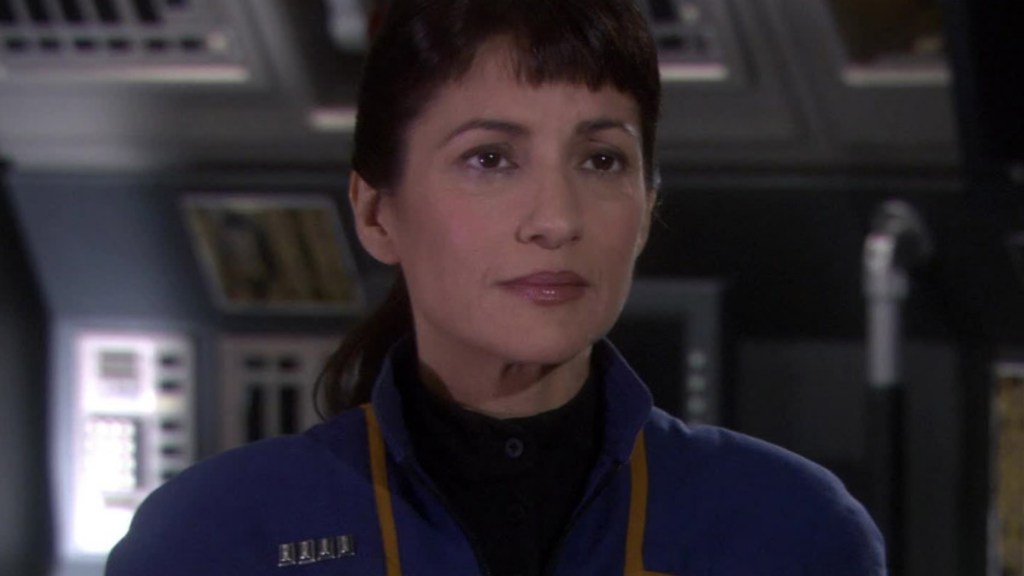
Early Star Trek, though fairly forward-thinking, still reflected the gender politics of its era. In “The Cage,” Pike says that he isn’t used to having women on the bridge, and just a season later in “Turnabout Intruder,” Janice Lester outright says women aren’t allowed to be starship captains. Both statements were later swept aside. By Voyage Home, audiences saw a female starship captain onscreen, and Enterprise later introduced Captain Erika Hernandez of the NX-02 as part of the franchise’s early 22nd-century timeline. SNW took things even further, letting Pike himself date a female captain, turning one of TOS’s most dated ideas into a bit of character growth.
What’s funny, though, is how TOS presents the aliens as more progressive. In “The Enterprise Incident,” the Romulan commander (a female) leads her crew with authority, which means the supposed villains of the era had more gender equality than Starfleet. In hindsight, it’s fair to say that almost the entire depiction of women in command during TOS was retconned for the better, to rectify an outdated idea that reflected more of US culture in the 1960s, rather than Starfleet itself.
4) Bashir and the Augment Rewrite
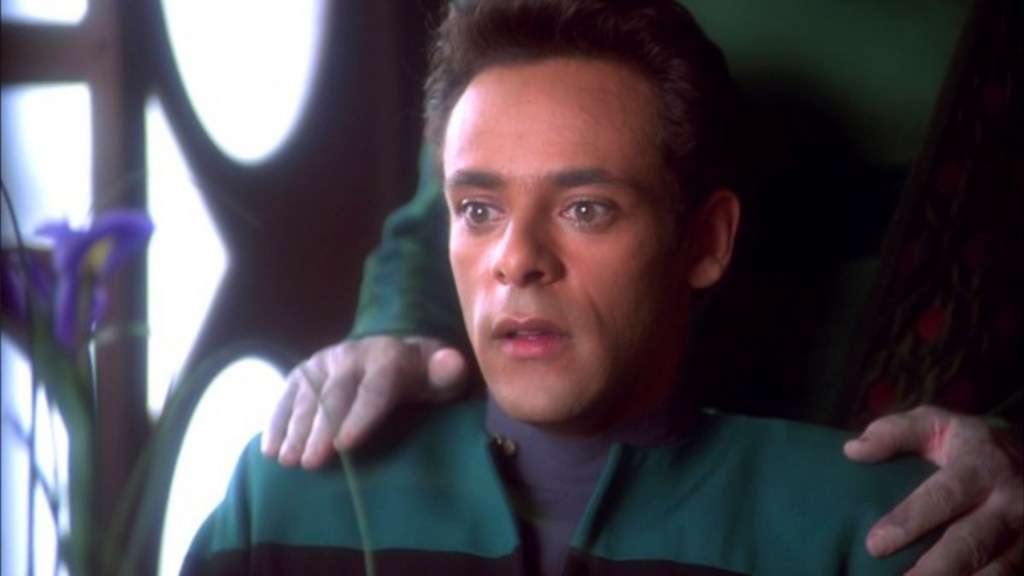
One of the most surprising retcons in DS9 was the revelation that Dr. Julian Bashir was genetically enhanced. The writers admitted this wasn’t part of the original plan for his character, but the decision reframed years of strange behavior. The reveal gave Bashir a connection to the Augment storyline, which deepened in episodes like “Statistical Probabilities,” in which he was rolling with a group of genetically engineered outcasts with similar struggles. His off-kilter vibe and occasionally tone-deaf social cues suddenly looked like a buildup to this hidden backstory.
The twist also shifted how the franchise handled its history with Augments in general. In TOS and The Wrath of Khan, Khan Noonien Singh was explicitly described as the result of selective breeding during the Eugenics Wars. DS9 reframed this, presenting Khan and his peers as products of genetic modification, rather than breeding. To fans, this change dampened the original eugenics allegory. Turning it from a cautionary tale about racism into one about bioethics and transhumanism. Combined with the continuously sliding timeline of the Eugenics Wars, which at various points were set in the 1990s, 2000s, 2020s, or even 2050s, it remains one of Trek’s most debated retcons, both for what it added to Bashir’s character and what it muddied in the broader canon.
3) Klingon Forehead Mutation
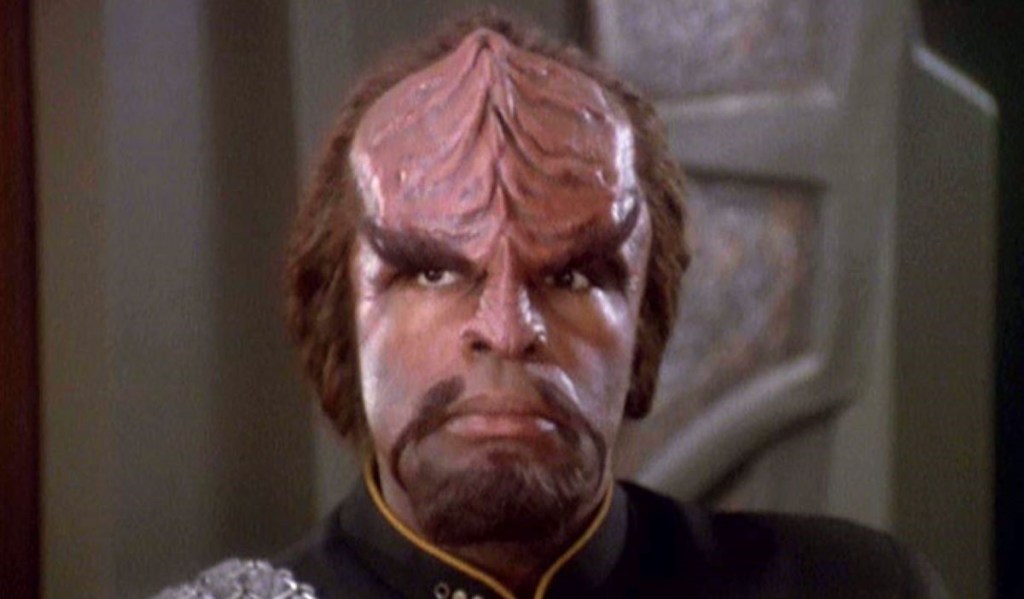
Few Trek retcons have been debated longer or more intensely than the ever-evolving appearance of Klingons. In TOS, they appeared with basically just dark makeup and facial hair, but by The Motion Picture and TNG, the dramatic ribbed foreheads were the look most associated with the species and Michael Dorn’s Worf. Later shows acted as though the design had always been that way, even when actors like Michael Ansara returned as Kang with a different face. DS9 winked at the issue in “Trials and Tribble-ations” when Worf told Sisko’s crew, “We do not discuss it with outsiders,” which, for many fans, felt like the only explanation necessary.
However, Enterprise addressed the issue head-on with an arc that explained the smooth foreheads as the result of a genetic virus, a choice that satisfied some and frustrated others. Discovery then reinvented Klingons yet again with bald, ornate character redesigns, before SNW brought them back to something more classic. Many fans headcanon the variations as different Klingon races, like human ethnicities, although that doesn’t explain why individual characters, such as Kang, Koloth, and Kor, have shifted over time. Combined with other lore adjustments, like the revelation that the Klingons briefly joined the Federation before TNG, the Klingons’ ever-changing image has become an infamous continuity goof.
2) Sisko’s Dad Wasn’t Dead
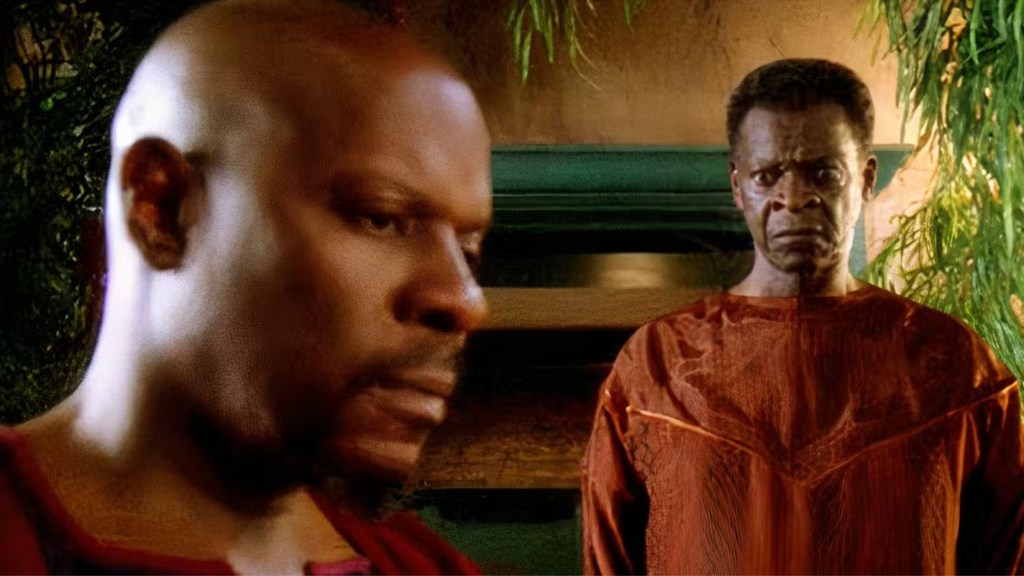
When DS9 started, Benjamin Sisko often spoke about his father, Joseph, in the past tense, creating the impression that he had died before the series began. In “The Alternate,” Sisko even recalls watching his father waste away during an illness, describing how helpless the experience made him feel. The memory added tragedy to Sisko’s backstory and suggested that part of his melancholy outlook came from losing a parent. For nearly two seasons, Joseph existed only in anecdotes, which painted him as a figure of Sisko’s past.
Then the creators decided to resurrect him in a controversial twist. Starting in Season 4’s “Homefront,” actor Brock Peters played Joseph as a very much alive character who ran a New Orleans restaurant and had a pretty good relationship with his son. While fans were initially confused, many came to appreciate the change. Watching “The Alternate” today, it’s easy to see how Sisko’s line “in the end” might just describe the helpless realization of a son seeing his parent sick, not necessarily the end of Joseph’s life. Later seasons revised the implication to give Sisko a grounded family back on Earth, and Joseph became one of the best portrayals of a Starfleet parent in the franchise.
1) Pike’s Fate
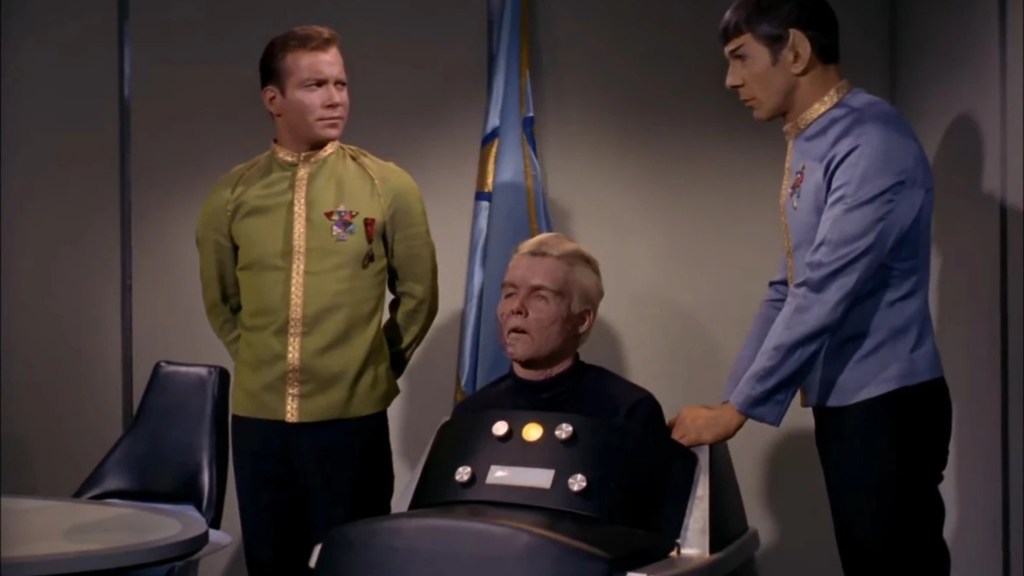
Perhaps the most successful retcon in Star Trek came with Discovery and SNW reframing Captain Pike’s destiny. Fans had long known his tragic fate from “The Menagerie”, where a deformed Pike was confined to a chair after a training accident. By giving Pike foreknowledge of this outcome, thanks to the time crystal visions introduced in Discovery, the modern shows turned the tragedy into an act of agency. Rather than being blindsided by fate, Pike consciously embraces it, embodying the ideals of selflessness and duty that define Starfleet.
The implications of the retcon are powerful. Spock’s decision to defy Starfleet law and risk his career to bring Pike back to Talos IV suddenly feels inevitable. The additive revision also deepens Admiral Cornwell’s earlier line that Pike was “the best of us,” showing why his crew would go to such lengths on his behalf. Rarely, if ever, has a modern change made a classic TOS episode better. Here, the new material genuinely enriches what came before, giving “The Menagerie” even more emotional weight than it carried in 66. For many fans, it has become a paragon of retcon. The perfect example of how to build upon the existing lore and deepen rather than contradict it.
What do you think? Leave a comment below and join the conversation now in the ComicBook Forum!


